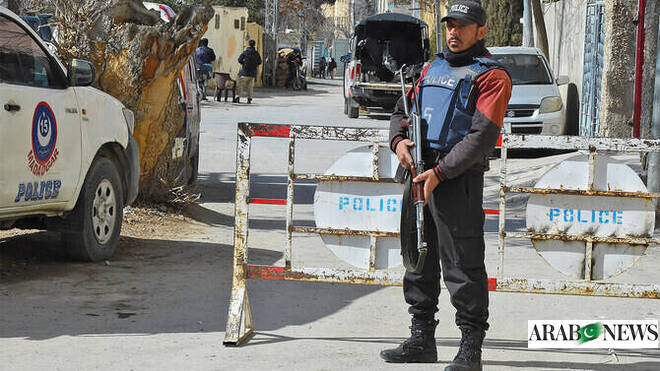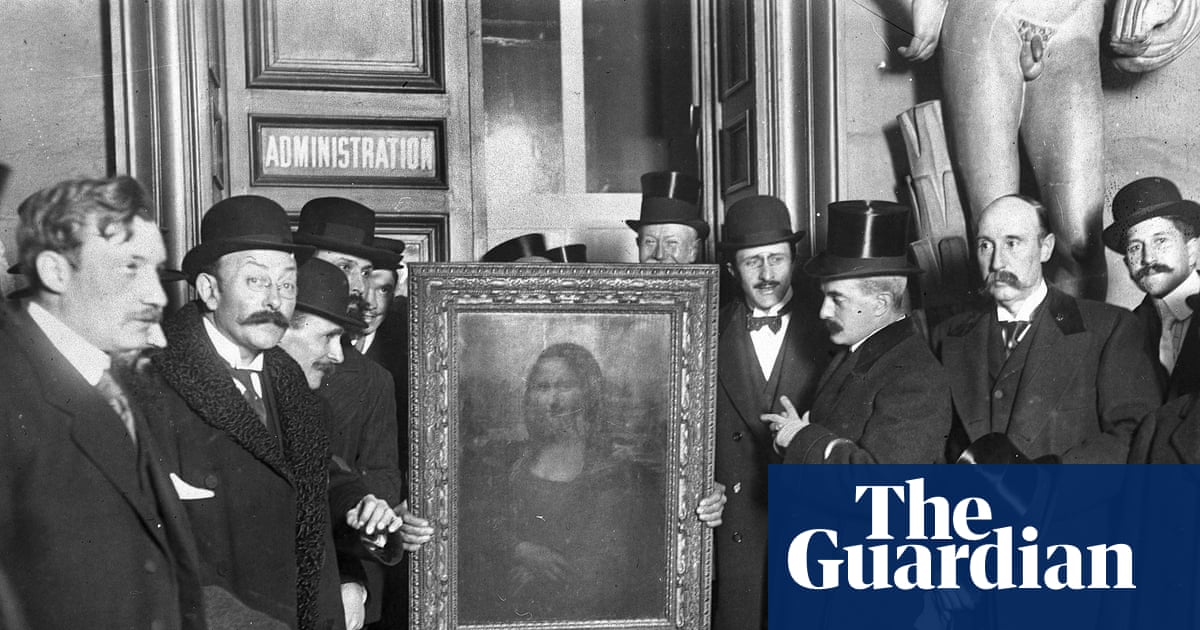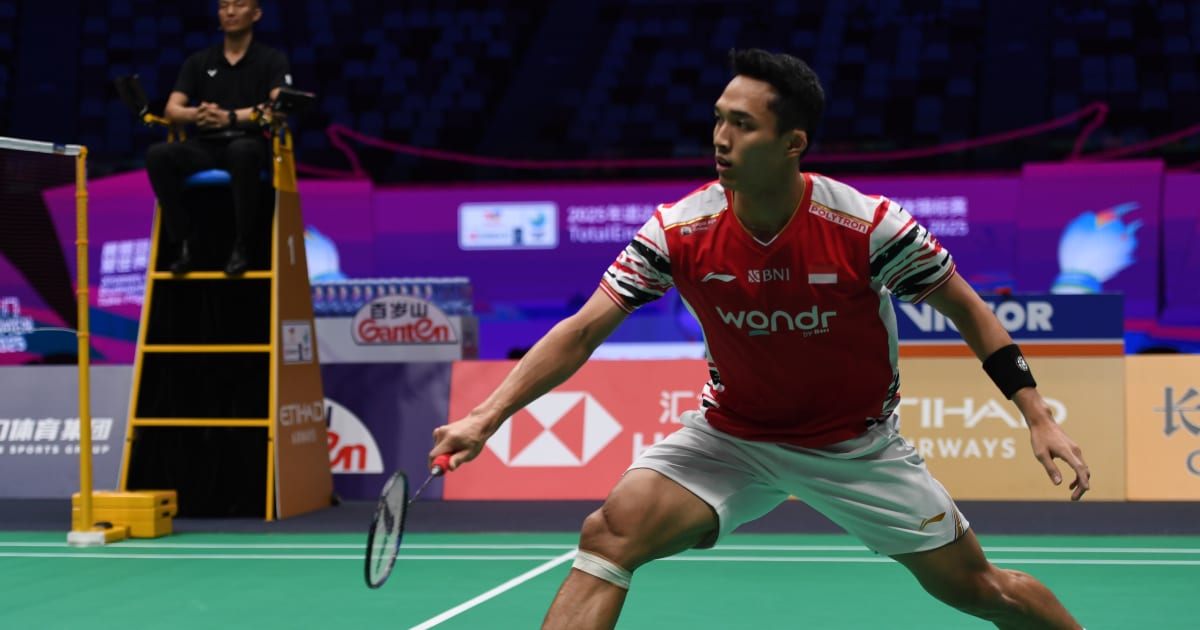Jonas Bengtsson, Vice President and General Counsel at Vattenfall, is the company’s new Chief Diversity Officer. Since 2015, the two-year assignment rotates between Vattenfall’s Executive Group Members.
Jonas Bengtsson has been part of Vattenfall’s Executive Group Management since 2024 and is excited to take on this new responsibility:
“For me, Diversity, Equity and Inclusion (DEI) is not an additional programme outside of everyday business. It is fundamental in our organisation and for our business success that everyone be treated fairly and given equal opportunity. As one of Europe´s largest energy companies and an employer of over 20,000 people, we take our responsibility to have a positive impact on the communities where we live and work seriously.”
“We are more than the sum of our parts. Our 94 nationalities of diverse thinkers, doers and makers are our strength. It is critical for us as a business to collaborate across cultures, borders and business areas for impact, delivering on our ambition of a fossil free future,” says Jonas Bengtsson.
The Chief Diversity Officer role at Vattenfall was created in 2015. Vattenfall aims to reflect the communities it operates in, fostering close connections with customers and stakeholders. Inclusion is integral to the business.
“At Vattenfall, we believe in the power of our people. Having an open, positive, and inclusive work experience gives us all energy and catalyses collaboration, which is critical for innovation, competitiveness, and growth. With Jonas Bengtsson joining as Chief Diversity Officer, we reaffirm our commitment to DEI being at the heart of our culture and what we stand up for. We’ve already made strong progress, and we’ll continue to build a more inclusive workplace where everyone feels they can contribute and belong,” says Stephanie Hinton-James, Director of Diversity, Equity & Inclusion.
Vattenfall was named in 2025 a Leader in Diversity by the Financial Times and Statista’s European Diversity Leaders Ranking, highlighting its commitment to staying the course and ensuring Diversity, Equity and Inclusion is embedded throughout the organisation.
Facts:
Vattenfall’s Chief Diversity Officer is a two-year assignment. It rotates between members of the Executive Group Management. Jonas Bengtsson takes on the DEI role from Martijn Hagens, former Head of Business Area Markets.
For more information, please contact:
Vattenfall’s Press Office, +46 8 739 50 10, press@vattenfall.com






